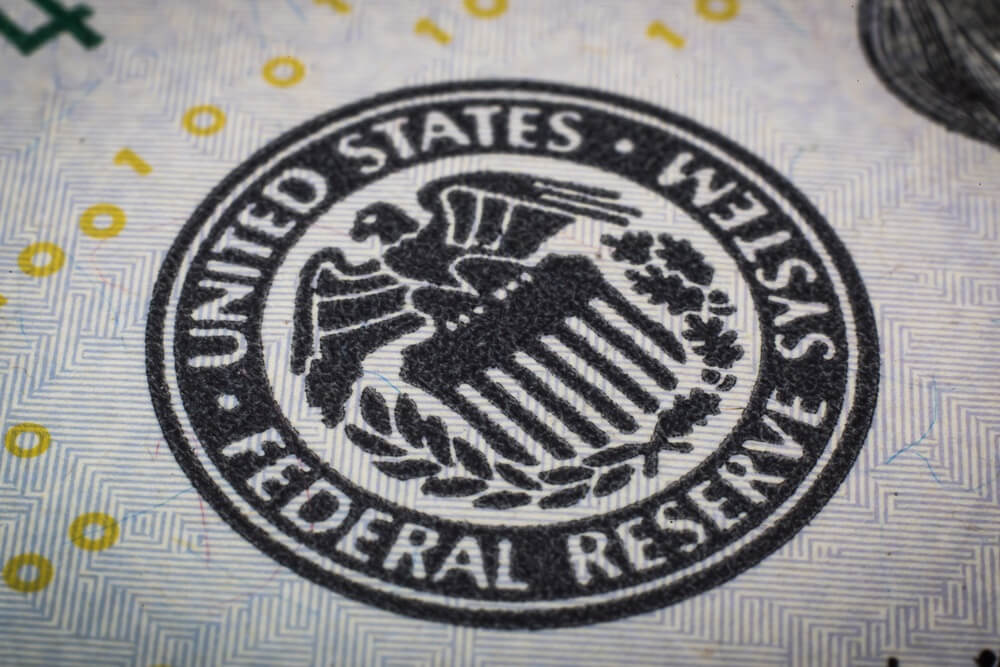The U.S. Federal Reserve Bank of San Francisco has said that it believes the rapid rise and fall in the price of bitcoin after the introduction of the futures contracts ‘does not appear to be a coincidence.’
In a research paper published yesterday, the authors – who include researchers from the bank and a professor of finance at the Stanford Graduate School of Business – are of the opinion that the peak price of bitcoin last December coincided with the launch of the bitcoin futures on the Chicago Mercantile Exchange (CME).
The researchers note that since its inception in 2009 the price of the digital currency remained under $1,150 until the 22nd February, 2017. Then, for about 10 months, its value began to increase, reaching a peak of $19,511 on the 17th December, 2017. The authors state that these ‘price dynamics’ are similar to the rise and collapse of the housing financing market in the 2000s.
They add that the ‘mortgage boom was driven by financial innovations in securitization and groupings of bonds that attracted optimistic investors; the subsequent bust was driven by the creation of instruments that allowed pessimistic investors to bet against the housing market.’
The team said that the introduction of the blockchain has brought a new financial instrument, bitcoin, which, in turn, gives optimistic investors the chance to bid up the value of the coin. Interestingly, with the launch of the futures contracts from the likes of CME and fellow Chicago exchange Cboe, pessimistic investors are now joining the fold. As a result, the researchers state, this has ‘contributed to the reversal of the bitcoin price dynamics.’
The authors argued:
Betting on the increase in bitcoin price was easy—one just had to buy it. Speculative demand for bitcoin came only from optimists, investors who were willing to bet money that the price was going to go up. And until December 17, those investors were right: As with a self-fulfilling prophecy, optimists’ demand pushed the price of bitcoin up, energizing more people to join in and keep pushing up the price. The pessimists, however, had no mechanism available to put money behind their belief that the bitcoin price would collapse. So they were left to wait for their “I told you so” moment.
The paper adds that this ‘one-sided speculative demand came to an end when the futures for bitcoin started trading on the CME on December 17.’
With falling prices, pessimists started to make money on their bets, fueling further short selling and further downward pressure on prices.
Featured image from Shutterstock.
